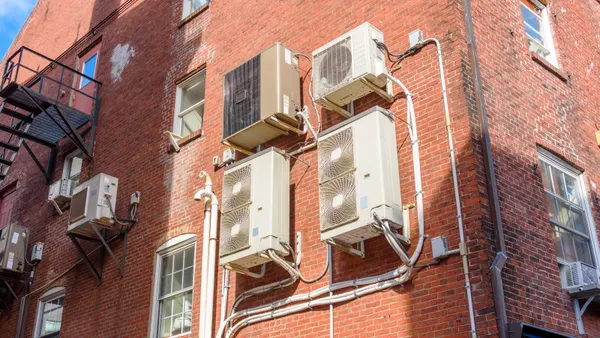Dive Brief:
- A new Department of Energy-backed project will seek to quantify the amount of lithium resources in California's Salton Sea geothermal field as part of a broad effort to boost the country's supply of raw materials for batteries.
- It is well known that the Salton Sea area has stores of lithium, possibly enough to meet the country's needs in order to domestically produce batteries for energy storage and electric vehicles (EVs). The new project, with scientists from the Lawrence Berkeley National Laboratory; University of California, Riverside; and Geologica Geothermal Group, Inc., will be the first scientific effort to map out those resources and account for the environmental effects of extraction.
- The scientists will study brine from commercial geothermal energy plants in the Salton Sea field to measure the amount of lithium that is extracted. They hope to discover what the mineral sources of lithium are and whether underground rocks will "recharge" brine with lithium after it has been extracted.
Dive Insight:
As the U.S. looks to boost production of EVs and install energy storage systems necessary to supplement the growth in renewable energy production, the supply chain for critical minerals has emerged as a potential hangup. A May 2021 report from the International Energy Agency detailed a "looming mismatch" between climate ambitions and critical mineral availability, with a predicted 4,000% increase in demand for lithium by 2040 if worldwide climate goals are met. According to a White House report, China controls 60% of the world's lithium production, leading the Biden administration to focus on new lithium production and materials processing as part of its clean energy push.
California Gov. Gavin Newsom has said his state holds "what some have described as the Saudi Arabia of lithium," referring to the oil giant. Touting those resources as a crucial component of the state's transportation electrification goals, Newsom has proposed $350 million in tax credits and regulatory streamlining for lithium businesses as part of a broader clean energy budget package. The state has also formed a Lithium Valley Commission to review opportunities and benefits for extracting lithium from geothermal brine, with a report due to the state legislature by October.
"The Salton Sea geothermal system is the primary potential geothermal resource for lithium in the United States, and it's a world-class resource," Pat Dobson, Berkeley Lab geothermal systems program lead, said in a Berkeley Lab report. He added that "there is a wide range of estimates in terms of the size of the resource," as well as uncertainty about where it comes from, how it might decline over time and how it is best extracted.
There are 11 commercial geothermal energy plants in the Salton Sea, pumping hot fluids from deep underground and converting that heat into electricity. While that fluid is typically reinjected underground, there is potential to extract lithium from it after it has been cooled, taking advantage of the clean energy resource. Already, several companies have started pilot extraction projects.
The research project will lean on data from those pilot projects and other field data to better calculate the chemistry of the brine and how it is resupplied to geothermal fields. A better idea of that lithium supply and how it exists in the brine would offer an alternative to the open pit mining or salt lake extraction that supplies most of the world's lithium. However, Dobson said, the study will also work to quantify the water and chemical usage needed, the air quality impacts and any seismic effects.
"We think geothermal lithium is one of the least environmentally impactful ways of obtaining lithium," Dobson said in the report. "We want to understand how to mitigate any environmental side effects to make it even more benign."














